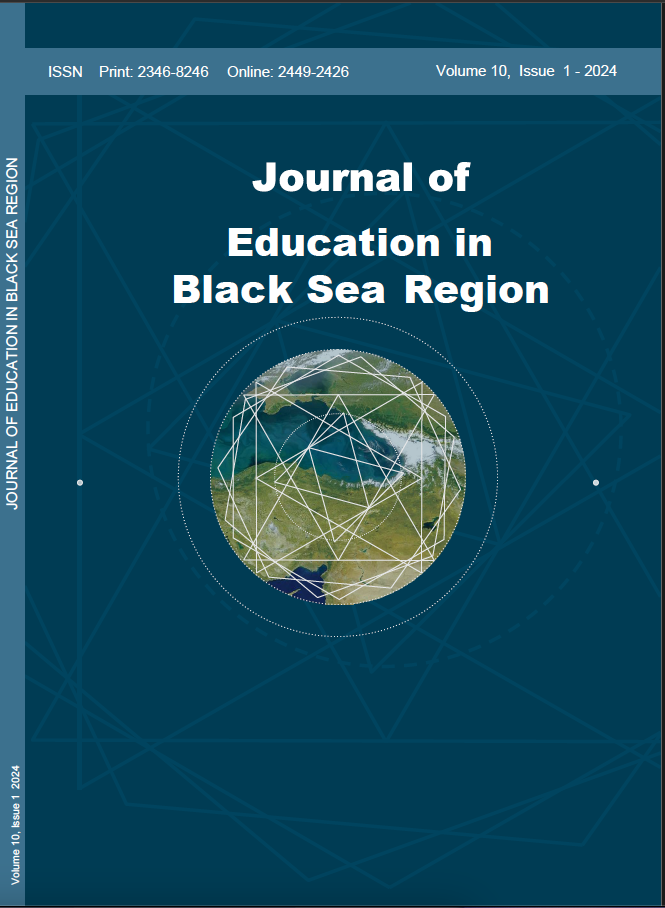Integration of Automated Feedback Tools in EFL Academic Writing Classes: Teachers’ Perspective
DOI:
https://doi.org/10.31578/jebs.v10i1.323Abstract
With the introduction of AI-driven automatic feedback systems like QuillBot, Grammarly, ProWritingAid, and the Hemingway App, the field of teaching academic writing and English as a Foreign Language has been revolutionized. The current research explores the teachers’ perspectives on the integration and efficacy of these tools in enhancing learners’ writing abilities, motivation, and engagement. Within the quantitative approach, the online survey was administered to investigate the perceived advantages and challenges of employing automated feedback technologies in English as a Foreign Language (EFL) and academic writing classes in Higher Education Institutions (HEI) of Georgia. The questionnaire focused on teachers’ views on what areas of writing may each aforementioned tool improve. It also investigated the participants’ overall perceptions of automated feedback and its benefits. The findings of the study revealed that HEI teachers perceive automated feedback technologies very positively and see the benefits the latter bring to their classrooms. They find it effective due to its nature to be personalized, instant, precise and clear. They also find AI-driven feedback tools beneficial for enhancing their feedback skills and enabling them to address students’ needs timely and effectively. This research adds to the expanding corpus of research on educational technology by emphasizing the crucial role that teacher perception plays in the effective integration of automated feedback technologies into writing instruction.
Downloads
Published
How to Cite
Issue
Section
License

This work is licensed under a Creative Commons Attribution 4.0 International License.
It is a condition of publication that authors assign copyright or license the publication rights in their articles, including abstracts, to Journal of Education in Black Sea Region. This enables us to ensure full copyright protection and to disseminate the article, and of course the Journal, to the widest possible readership. Authors are themselves responsible for obtaining permission to reproduce copyrighted material from other sources.


